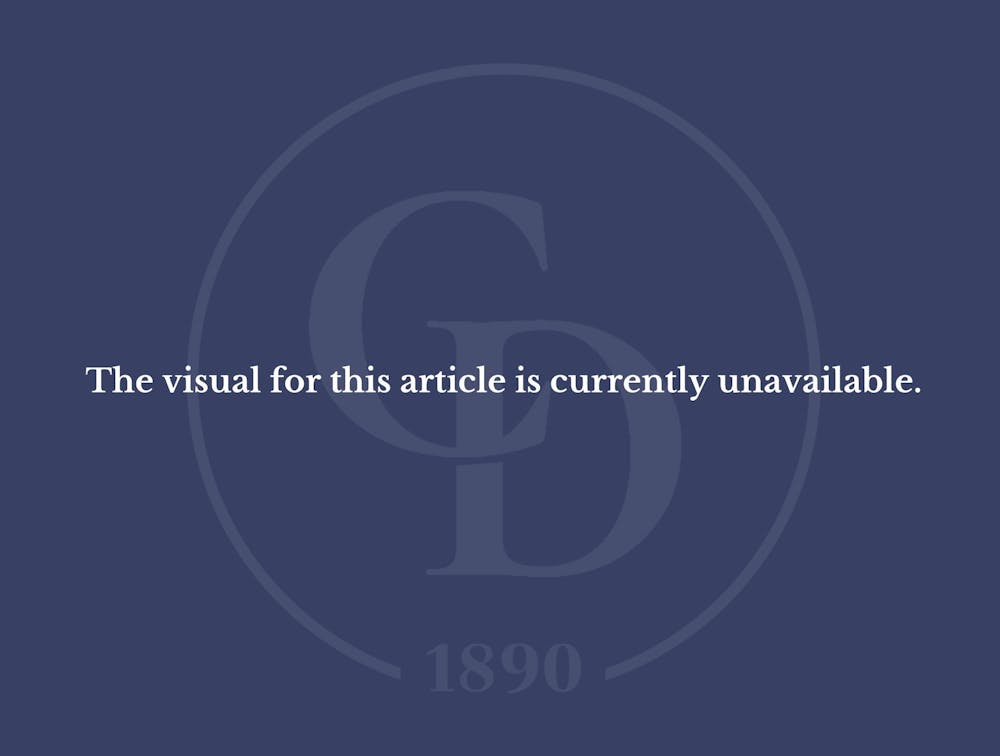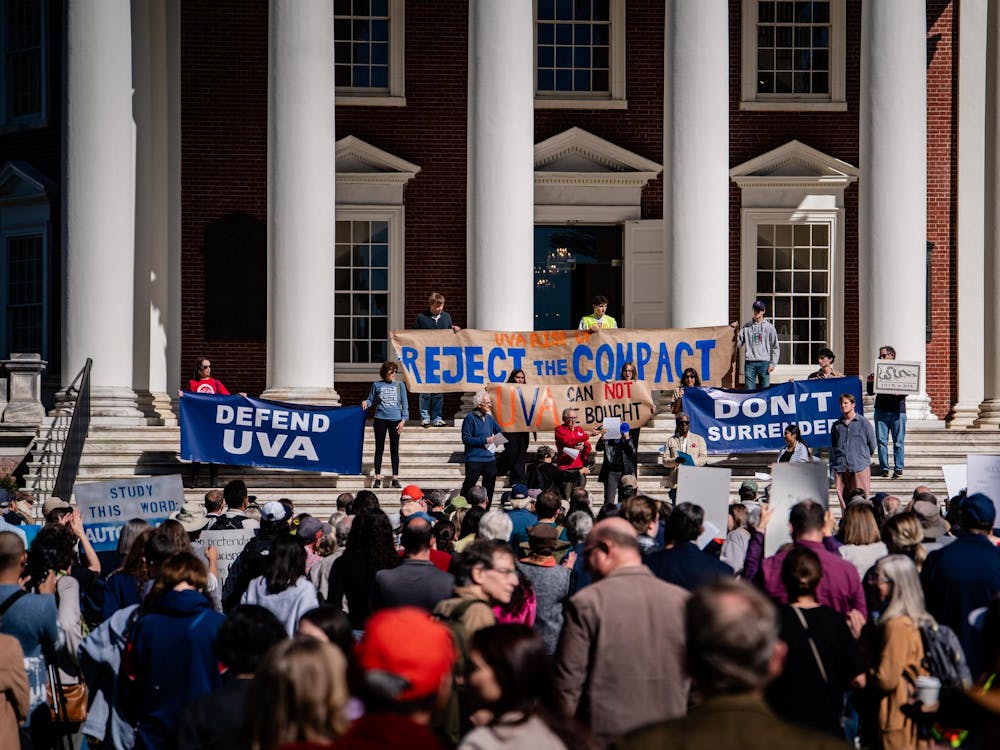The first U.S. Census was directed by Thomas Jefferson in 1790, and it has been conducted every ten years since. Its mission is “to serve as the leading source of quality data about the nation’s people and economy.” Also, according to the Central Bureau of Statistics, census data is meant “to present a full and reliable picture of the population in the country.” As the next census approaches, we must ask whether the census really achieves the goal of providing reliable data in regards to who resides in the United States.
On March 29, the Census Bureau delivered the questions they plan to include in the 2020 Census to Congress. The list included questions on age, sex, race, relationship status, homeownership status and citizenship status. However, one question was noticeably missing. In the original appendix of the report released to Congress, there was a proposal to include the question of sexual orientation and gender identity in the 2020 census. The appendix was then modified to show no signs of a question based on sexual orientation. Later, former Census Director John H. Thompson released a statement claiming that the proposed question on sexual orientation was “due to an error.”
This “error” has sparked speculations about whether the Trump administration had something to do with the disappearance of the proposal. The Human Rights Campaign released a statement that claims, it “is Trump’s latest move in a larger campaign to erase LGBTQ people from federal surveys and disrupt programs that provide direct assistance to the LGBTQ community.” Even if the Trump administration had nothing to do with the removal of the gender identity and sexual orientation, it should be more concerned that the Census Bureau made this “error” and the consequences it will bring.
It is unclear as to why this question has not yet been added to the census, especially since the 2020 census is estimated to cost Americans more than $15 billion. With such a high cost, you would think that the Census Bureau would be more focused on producing questions which would provide data that effectively reflects the diversity of the population.
The LGBTQ community’s notable absence from the 2020 census begs the question why it has taken so long to propose this question in the first place. If the main goal of the census is to provide data which reflects the the socioeconomic and ethnic diversity of the United States, why should it not reflect the diversity of gender identification and sexual orientation? It is difficult to definitively claim that the LGBTQ community is growing, because, as PBS states, “Accurate estimates of LGBT Americans have proven elusive for many researchers over the years”. Cultural shifts suggest that the share of openly LGBTQ people in the U.S. population is larger than ever and growing. Also, according to the LGBTQ Task Force, “more than 100,000 LGBTQ people placed a ‘Queer the Census’ sticker on their 2010 Census envelops, asking the federal agency to count them and collect data on LGBTQ people”. This shows that the LGBTQ community is significant and that they should be counted in the 2020 census.
In addition, census data is used to help policy makers implement programs in areas with certain demographics. Data on the number of people who identify as lesbian, gay, bisexual, transgender or queer is necessary in order for lawmakers to implement programs to support the LGBTQ community. Additional programs are needed to support LGBTQ youth because they have been found to be four to six times more likely to commit suicide than their heterosexual peers. Census data is needed for Congress to make informed decisions in regards to which areas are in need of programs to support mental health centers and hormone therapy.
It is the job of politicians to listen to the voice of the people who they represent, and act accordingly. While Trump has claimed to be an ally of the LGBTQ community, his actions have shown otherwise. Despite the various voices who have risen up in a social media movement, using the hashtag #YouCantEraseUs, the proposal for a sexual orientation question in the 2020 census has been erased as a simple “error”. However, the only error I see is the failure to acknowledge the voice of the LGBTQ community in the 2020 census. Therefore, members and allies of the LGBTQ community, it would be wise to exercise your freedom of speech through social media, or through a letter to your congressional representative, and as more voices join perhaps an “error” can be transformed into a wonderful bridge between the LGBTQ community and politicians.
Izabella Forero is a Viewpoint writer for The Cavalier Daily. She can be reached at opinion@cavalierdaily.com.








